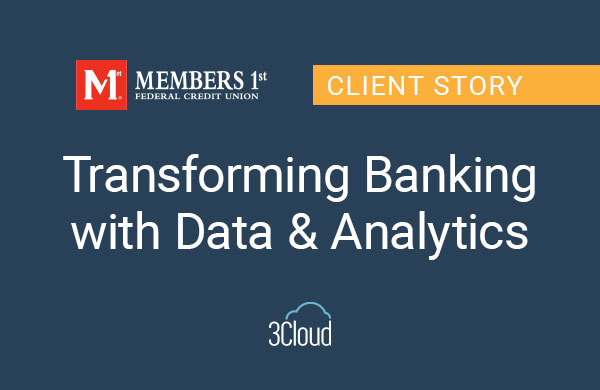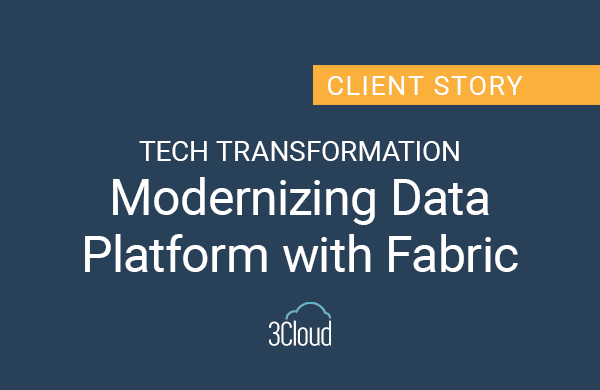SQL Analysis Services 2016 (SSAS) models can be a key component in a robust semantic layer strategy. They give users the capability to run fast ad hoc queries and benefit from metadata like hierarchies, KPIs, and security while simplifying the query experience through drag & drop reporting tools.
SQL Server Analysis Services 2016 adds new functionality to strengthen your semantic layer. The 3 features below are the ones I have found particularly interesting to increase alignment with users, and increase the overall value of your SSAS environment:

#1 Easier implementation of analytical semantic layers
SSAS Tabular 2016 provides more than 50 new functions to simplify business calculation development. Things that used to be hard (like calculating quartiles or computing rate of return) are now easy with DAX percentile and ProductX functions, among others. Additionally, many-to-many calculations can now leverage built-in functionality, reducing the amount of time required to develop sophisticated data sources.
#2 Increased user satisfaction via faster reports & analytical queries
Many small yet impactful enhancements have now been added to optimize measure execution in Tabular data models. Features like reduction of query traffic can boost speed of your SSAS-based reports. More sophisticated scenarios, like conditional many-to-many calculations, also benefit from additional optimizations in the DAX language.
Another area that can offer large performance improvements is the new support for parallel partition processing in Tabular. Many companies have daily SLA standards for when models must be online with refreshed data, and this feature can increase compliance given model data will be available to users faster.
#3 Improved Data Governance capabilities
SSAS 2016 offers a lightweight approach to monitor your SSAS environment, through the use of a friendly user interface to manage extended events.
This is an important feature that can facilitate an understanding of how deployed models are being used, for example. As companies develop BI governance programs, extended event management can help in understanding SSAS usage and ultimately user adoption.
If you are currently considering how SSAS 2016 may play a role in your environment, let us know if we can assist with evaluating it within the context of your organization’s data needs. We can help determine if the new features/enhancements make sense for you and assess the impact to your production models.
Do you have any additional questions about SQL 2016 and Analysis Services? Please contact us today and we’d be happy to set up a call with you.




